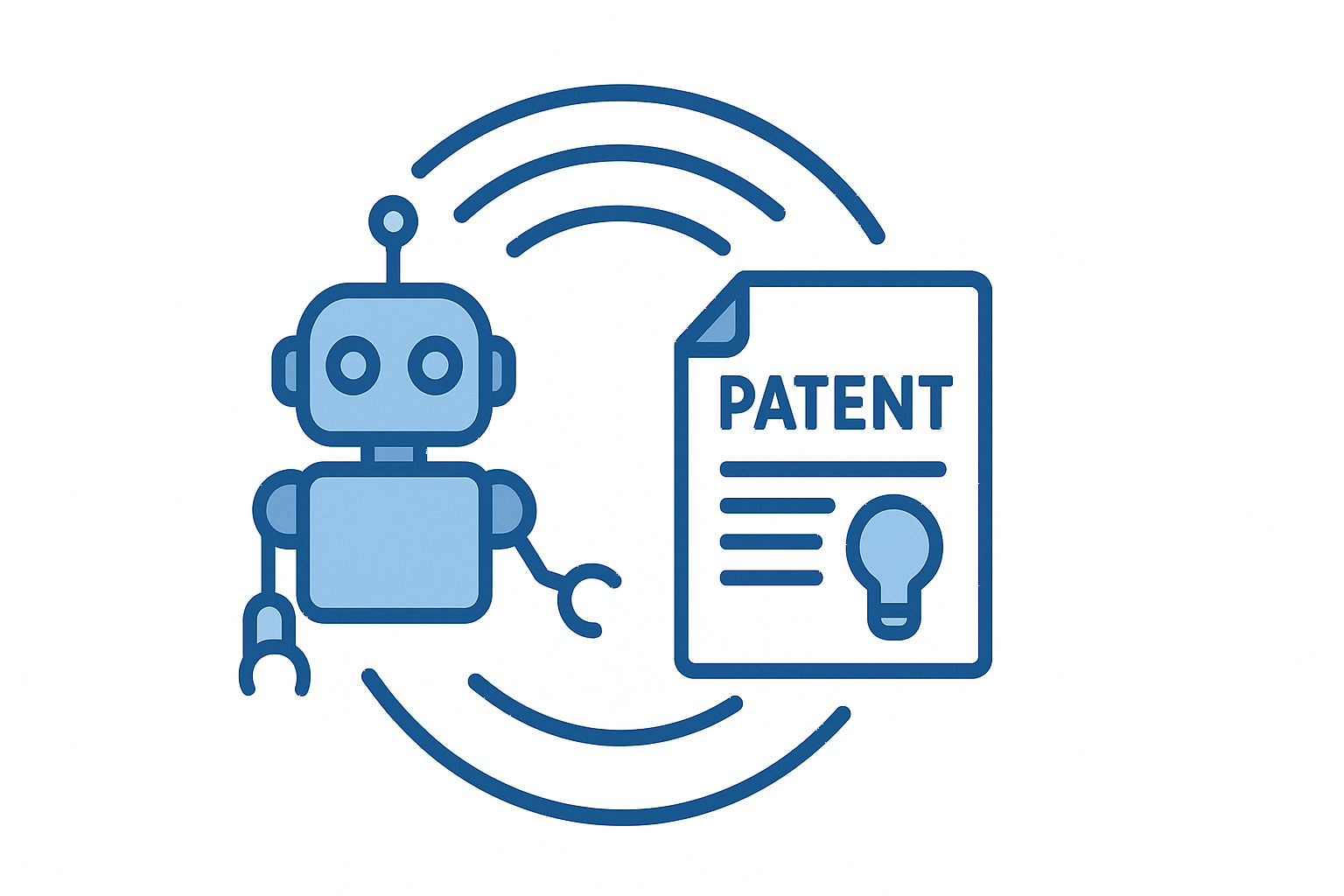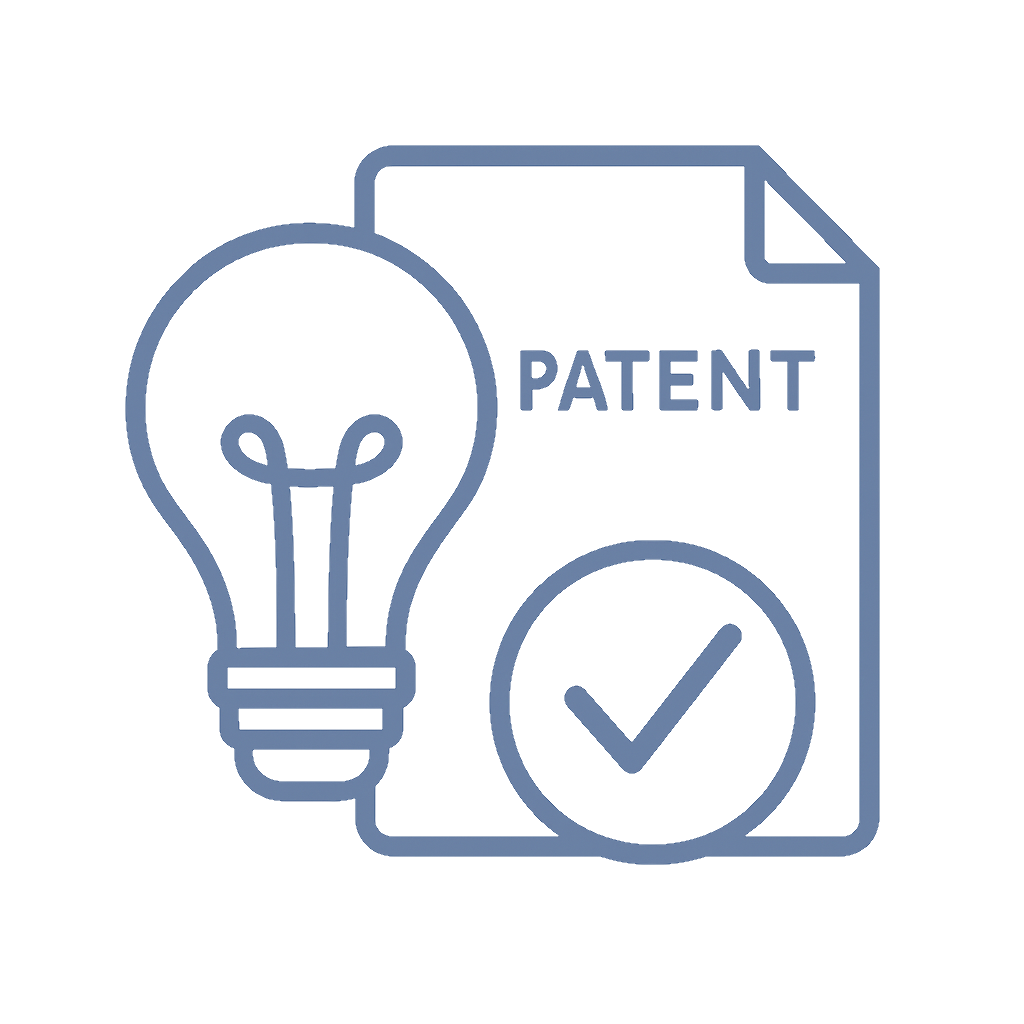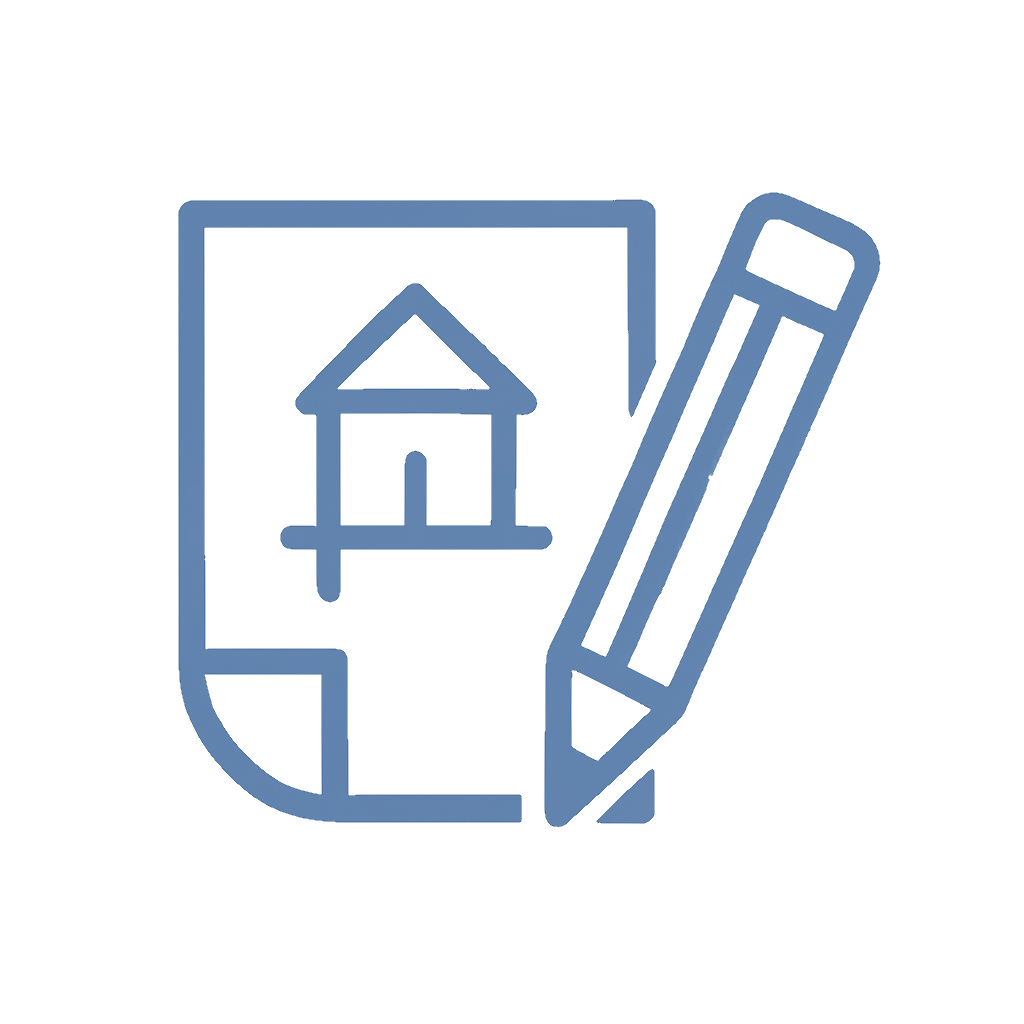📌 Quick Summary
1-Sentence Answer
AI is transforming patent law by automating the core drafting process—bringing the cost of high-quality patents down from five figures to under $1,000.
The Article Overview
This article explores how artificial intelligence is revolutionizing patent preparation, reducing attorney time, and reshaping how inventors protect their ideas. It highlights automation’s promise, current limitations, and how the right focus—on inventions, not just words—will define the next era of affordable patenting.
❓ Common Questions & Answers
Q1: Can AI really draft a valid patent application?
Yes—AI can now generate structured drafts from invention disclosures, though attorneys still refine them for accuracy and compliance.
Q2: Why are traditional patents so expensive?
Because they demand hours of detailed legal and technical writing by skilled attorneys—AI automation reduces that burden dramatically.
Q3: Are AI-drafted patents legally enforceable?
They can be, provided a licensed attorney reviews and files them; AI assists but does not replace human legal oversight.
Q4: Will AI replace patent attorneys?
No, but it will transform their role—shifting focus from tedious drafting to strategic advising, prosecution, and litigation.
Q5: What’s the biggest challenge in AI patent drafting?
Teaching AI to understand inventions as functional systems, not just text—bridging “thing-thinking” with legal language.

📜 Step-by-Step Guide: How AI Could Draft Your Next Patent
-
Input the Invention Disclosure – You upload a detailed description, sketches, or prototype summary into an AI-powered interface.
-
Automated Concept Extraction – The AI identifies inventive elements, novelty points, and key differentiators.
-
Dynamic Back-and-Forth – The system queries the inventor for clarification or missing technical details.
-
AI Draft Generation – Draft claims, specifications, and even figure outlines are produced algorithmically.
-
Attorney Review and Filing – A patent attorney ensures legal precision, claims breadth, and compliance before submission.
-
Continuous Learning – Each correction or revision feeds back into the AI, making the next draft smarter and faster.
📖 Historical Context
For over two centuries, patents have symbolized human ingenuity and legal complexity. The U.S. Patent Office opened its doors in 1790, and since then, the art of patent drafting has been both revered and feared. Drafting a patent required not only legal finesse but also technical literacy—a rare combination that justified the profession’s steep fees.
The digital revolution of the late 20th century introduced new efficiencies, from word processors to automated prior art searches, but the patenting process remained labor-intensive. The 2010s saw the rise of startups like Specifio® and Turbopatent®, which promised automation through machine learning. Their tools helped reduce redundancy but didn’t meaningfully cut the overall cost.
Now, with generative AI and large language models, we’re entering an inflection point. The conversation is shifting from “Can software help attorneys?” to “Can software become the first drafter?” Like every technological leap before it—from typewriters to cloud law platforms—AI will challenge entrenched norms and democratize access to intellectual property protection.
🏢 Business Competition Examples
-
Specifio® – Uses AI to automatically expand claim sets into full patent specifications, reducing drafting time for attorneys.
-
Turbopatent® – Automates quality checks, office action responses, and claim charting—saving time but not necessarily costs.
-
LexisNexis Legal Tech Accelerator – Incubates startups building AI tools for patent analytics and automated drafting.
-
IPwe – Focuses on blockchain-enabled patent management, pairing AI analysis with transaction transparency for IP portfolios.
💬 Discussion Section
AI’s arrival in patent law mirrors what happened in finance, healthcare, and design: automation first replaces the repetitive, not the revolutionary. Patent attorneys, long seen as linguistic engineers, now face a shift from wordsmithing to strategy.
The fundamental bottleneck in patent drafting has always been translating “the thing” into “the words.” AI trained on millions of patents can mimic form and syntax but often misses the essence—the inventive concept. Yet the gap is closing quickly. By combining neural networks with domain-specific ontologies, AI can now recognize functional patterns, anticipate claim scope, and even detect potential prior art conflicts before an application is filed.
The implications are enormous. Imagine an AI that analyzes your prototype, cross-references millions of prior patents, identifies the unique inventive step, and drafts both the claims and abstract—before you’ve even hired counsel. That’s where the industry is heading.
For attorneys, this isn’t a death knell but a redefinition. The role of a patent attorney will evolve from drafter to strategist, evaluator, and ethics gatekeeper. Attorneys will focus on value-added work—negotiating with examiners, refining claim breadth, and aligning patent portfolios with business objectives. The result: stronger patents, faster filings, and dramatically lower costs.
However, there’s a caveat. Technology must prioritize the substance of invention over linguistic mimicry. As Justice Holmes once wrote, “We must think things, not words.” AI should model how an invention works, not just how it’s described. The next generation of patent AI will merge semantic understanding with functional comprehension, creating the first true “AI inventor’s assistant.”

⚖️ The Debate
🧑⚖️ Side A: The AI Enthusiasts
Advocates argue that AI democratizes access to patents. Small startups and independent inventors can now afford high-quality drafts without draining capital. Automation reduces error rates, enhances speed, and levels the playing field between corporate giants and garage innovators.
👩💼 Side B: The Human Purists
Critics warn that over-reliance on AI could lead to formulaic, legally fragile patents. True legal judgment—balancing breadth, novelty, and enforceability—requires experience, nuance, and human creativity. Without oversight, AI could flood the system with low-quality applications and overwhelm examiners.
✅ Key Takeaways
-
AI can reduce patent drafting costs by over 90%.
-
Attorneys’ roles will shift from drafting to strategy and validation.
-
“Thinking things, not words” must guide future AI development.
-
Affordable patents could unleash innovation among small inventors.
-
The $1,000 patent is no longer science fiction—it’s imminent.
⚠️ Potential Business Hazards
-
Over-Automation Risk – Relying solely on AI may result in legally weak or overly broad claims.
-
Ethical Gray Areas – Who owns AI-drafted content—the inventor, the attorney, or the algorithm’s creator?
-
Regulatory Lag – Patent offices may take years to adapt to AI-generated filings.
-
Market Devaluation – An explosion of cheap patents could dilute IP value if not properly vetted.
❌ Myths & Misconceptions
Myth #1: AI Can Replace Patent Attorneys
AI can draft, but only humans can interpret law, strategy, and enforcement. The two must collaborate, not compete.
Myth #2: Cheap Patents Mean Low Quality
When guided by skilled attorneys, AI can enhance—not diminish—quality by ensuring consistency and completeness.
Myth #3: AI Patents Are Legally Invalid
Patent offices care about compliance and clarity, not who typed the first draft. AI assistance is fully permissible with attorney oversight.
Myth #4: Only Big Firms Can Use AI Tools
Many affordable, cloud-based AI drafting platforms are now accessible to solo practitioners and small businesses alike.
📚 Book & Podcast Recommendations
-
AI for Lawyers by Noah Waisberg & Alexander Hudek – https://www.aiforlawyersbook.com
-
The Future of the Professions by Richard Susskind – https://www.oup.com/futureprofessions
-
The Artificial Lawyer Podcast – https://www.artificiallawyer.com/podcast
-
IP Fridays Podcast – https://www.ipfridays.com
⚖️ Legal Cases
-
Thaler v. USPTO (2022) – https://casetext.com/case/thaler-v-us-patent-trademark-office
Held that AI cannot be listed as an inventor, underscoring human oversight in IP filings. -
Alice Corp. v. CLS Bank (2014) – https://supreme.justia.com/cases/federal/us/573/208/
Defined patent eligibility for software, influencing how AI patents are evaluated. -
Regeneron v. Merus (2017) – https://caselaw.findlaw.com/us-federal-circuit/1869432.html
Highlighted ethical obligations and data integrity in patent filings.

📣 Expert Invitation
Want to join the discussion on the future of AI in patent drafting? Visit http://inventiveunicorn.com — connect with innovators, attorneys, and engineers shaping tomorrow’s patent ecosystem.
🔚 Wrap-Up Conclusion
The AI revolution in patent law isn’t coming—it’s already here. We’re transitioning from a world where words defined inventions to one where machines can understand, generate, and protect innovation itself. The partnership between human judgment and artificial intelligence will create a faster, fairer, and more affordable patent system. The $1,000 patent is not a myth—it’s our next milestone.











